10 Best Herbal Creams For Burns
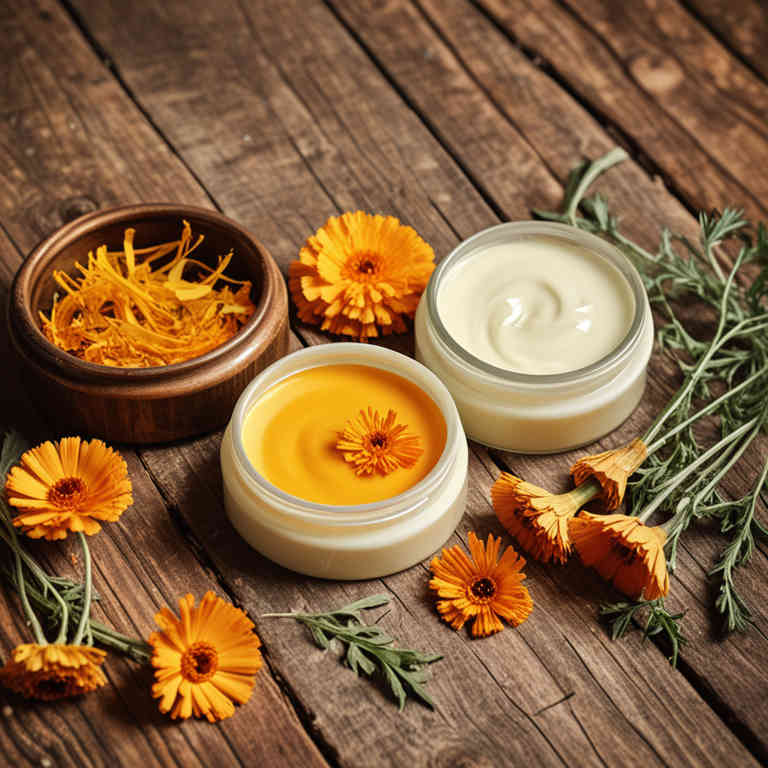
Herbal creams for burns are natural topical treatments that often contain ingredients like aloe vera, calendula, and chamomile, which are known for their soothing and anti-inflammatory properties.
These creams are commonly used to alleviate pain, reduce redness, and promote healing in minor burns and skin irritations. Unlike some chemical-based treatments, herbal creams are generally gentle and less likely to cause irritation, making them suitable for sensitive skin. They can help prevent infection and speed up the recovery process by moisturizing the affected area and supporting skin regeneration.
However, it is important to consult a healthcare professional for severe burns or if symptoms persist, as herbal remedies may not be sufficient for more serious injuries.
FREE Herb Drying Checklist
How to make sure every batch retains maximum flavor, color, and aroma without the risk of mold or over-drying. Eliminate guesswork and trial-and-error, making herb drying faster, easier, and more efficient every time.
Table of Contents
1. Aloe barbadensis
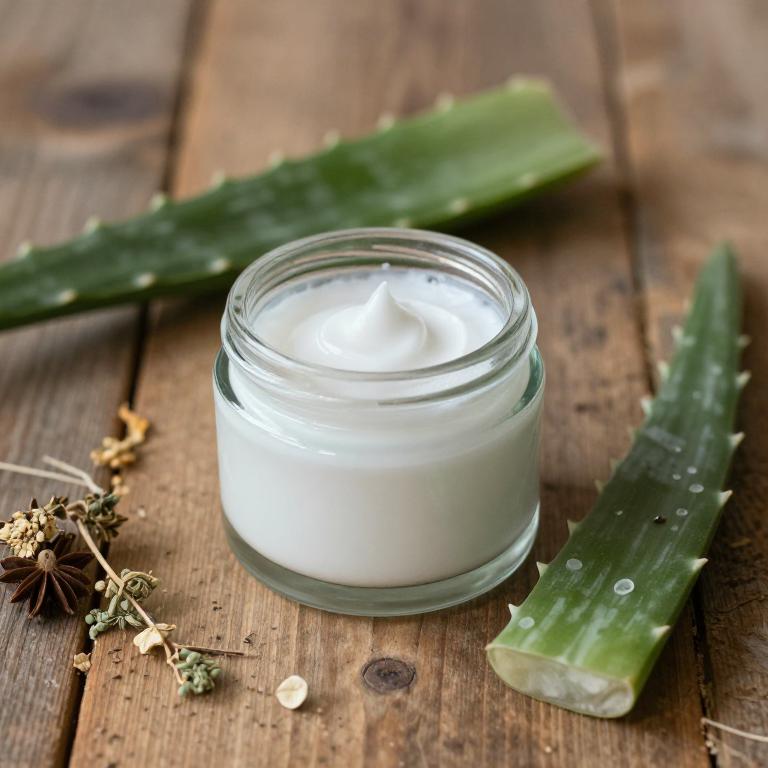
Aloe barbadensis, commonly known as aloe vera, is a popular herbal ingredient used in the formulation of creams for burns due to its soothing and healing properties.
These creams often contain aloe gel, which has anti-inflammatory and antimicrobial effects that help reduce pain, swelling, and the risk of infection in burned skin. Aloe-based creams are typically applied topically to minor burns, such as sunburns or small scrapes, to promote faster recovery and minimize scarring. The cooling effect of aloe vera can provide immediate relief, making it a preferred choice for natural and gentle burn care.
However, it is important to consult a healthcare professional for more severe burns, as aloe-based creams are not a substitute for medical treatment in serious cases.
2. Calendula officinalis
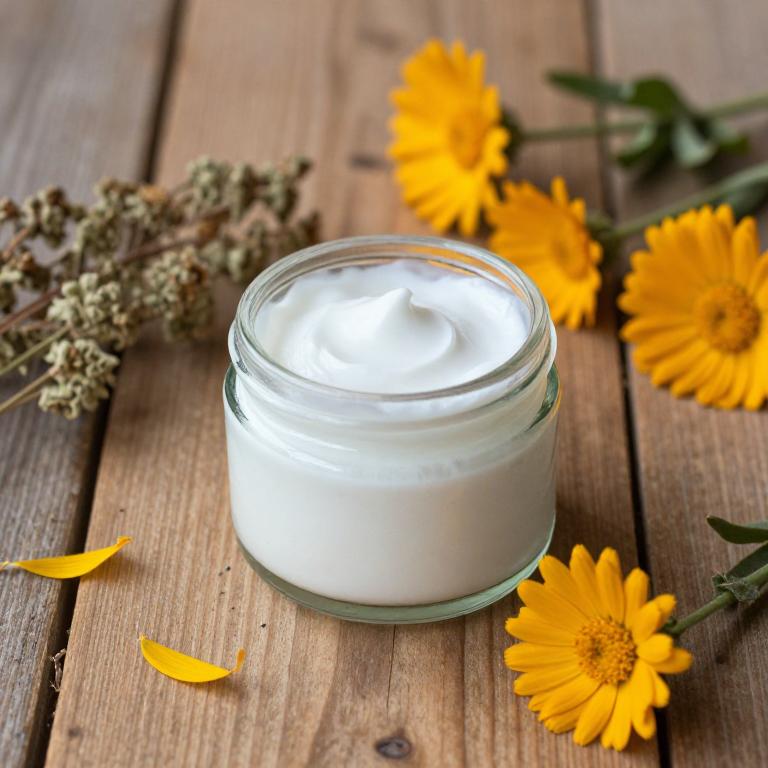
Calendula officinalis, commonly known as pot marigold, is a herbal ingredient widely used in the formulation of creams for burns due to its anti-inflammatory and antiseptic properties.
These creams often contain extracts from the flowers of the plant, which are rich in flavonoids and triterpenoids that help soothe irritated skin and promote healing. The soothing effect of calendula can reduce redness, swelling, and discomfort associated with minor burns and skin irritations. Additionally, calendula creams are often preferred for their mild, non-irritating nature, making them suitable for sensitive skin.
When applied topically, these creams can support the skin's natural regeneration process and may help prevent infection in minor burn cases.
3. Hypericum perforatum
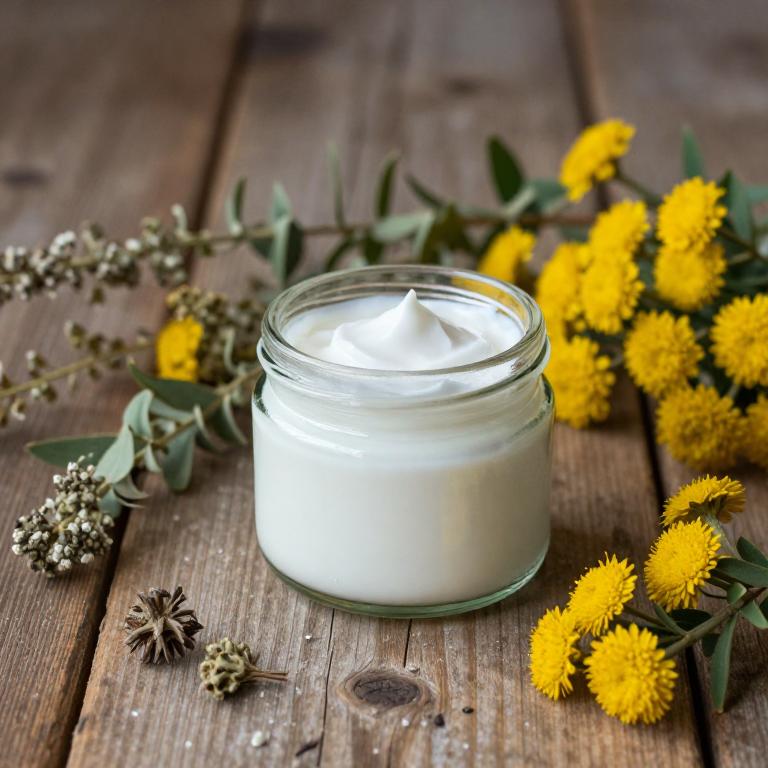
Hypericum perforatum, commonly known as St. John's Wort, is traditionally used in herbal creams for the treatment of burns due to its anti-inflammatory and analgesic properties.
These creams often contain extracts of the plant's hypericin and flavonoids, which are believed to promote skin healing and reduce pain associated with burns. The application of St. John's Wort cream may help alleviate redness, swelling, and discomfort in minor burns by supporting the skin's natural regenerative processes. However, it is important to note that while some studies suggest potential benefits, more research is needed to confirm its efficacy and safety for burn treatment.
As with any herbal remedy, it is advisable to consult a healthcare professional before using St. John's Wort cream on burns, especially if there are underlying health conditions or if the burn is severe.
4. Echinacea purpurea
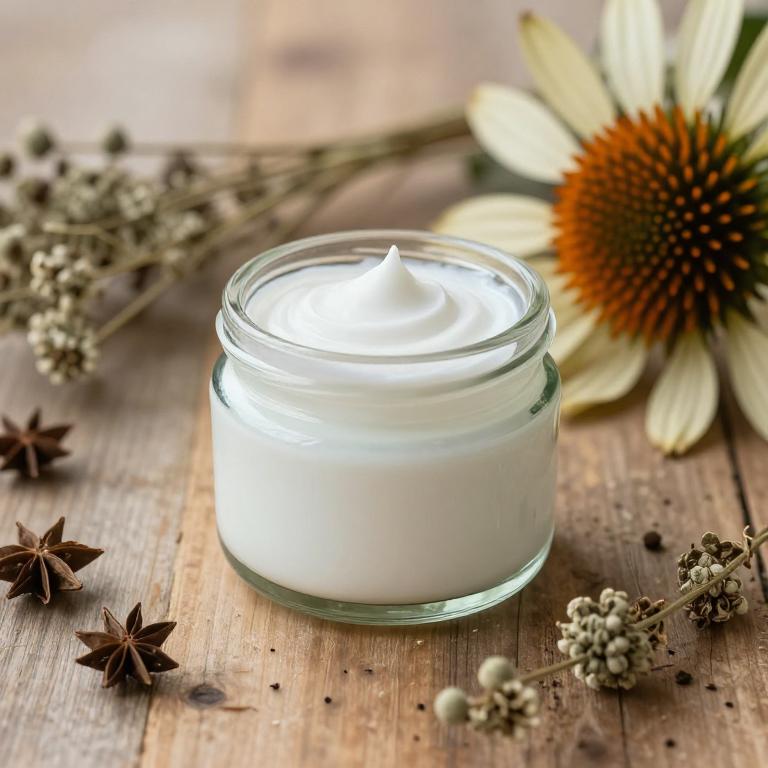
Echinacea purpurea, commonly known as purple coneflower, is a herbal remedy that has been traditionally used for its anti-inflammatory and immune-boosting properties.
While it is often consumed as a tea or supplement, some formulations incorporate echinacea into topical creams for the treatment of minor burns. These creams may help reduce redness, swelling, and discomfort associated with first-degree burns by promoting skin healing and reducing infection risk. However, it is important to note that echinacea-based creams should not replace professional medical treatment for severe burns.
Always consult a healthcare provider before using any herbal remedy, especially on broken or infected skin.
5. Lavandula angustifolia
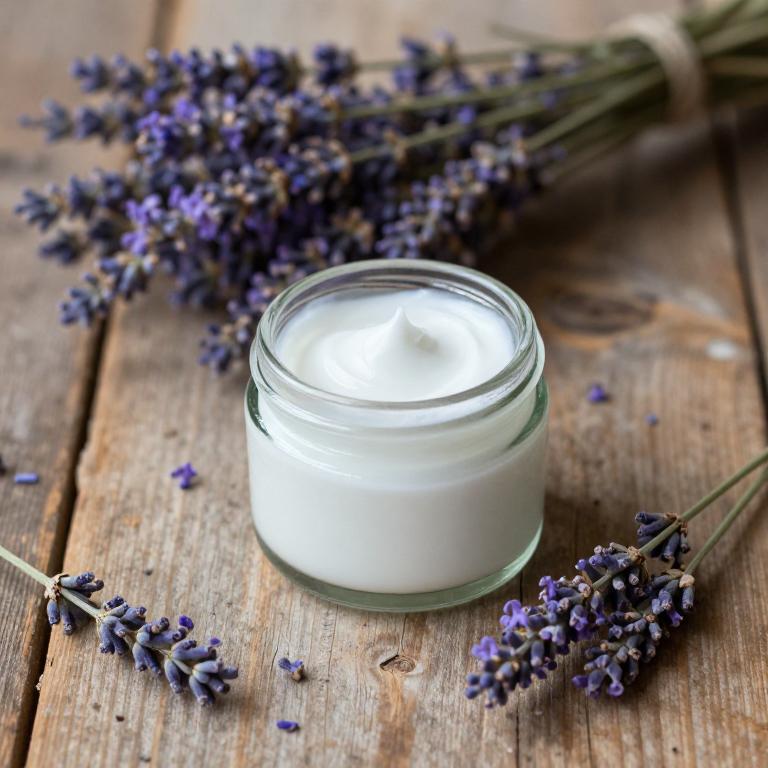
Lavandula angustifolia, commonly known as English lavender, is often incorporated into herbal creams for burns due to its soothing and anti-inflammatory properties.
These creams typically contain essential oils derived from dried lavender flowers, which have been shown to promote skin healing and reduce pain. The calming aroma of lavender also helps to ease stress and anxiety associated with burn injuries. When applied topically, lavender-infused creams can help alleviate redness, swelling, and discomfort in minor burns.
However, it is important to consult a healthcare professional for more severe burns, as herbal treatments may not replace medical care in such cases.
6. Zingiber officinale
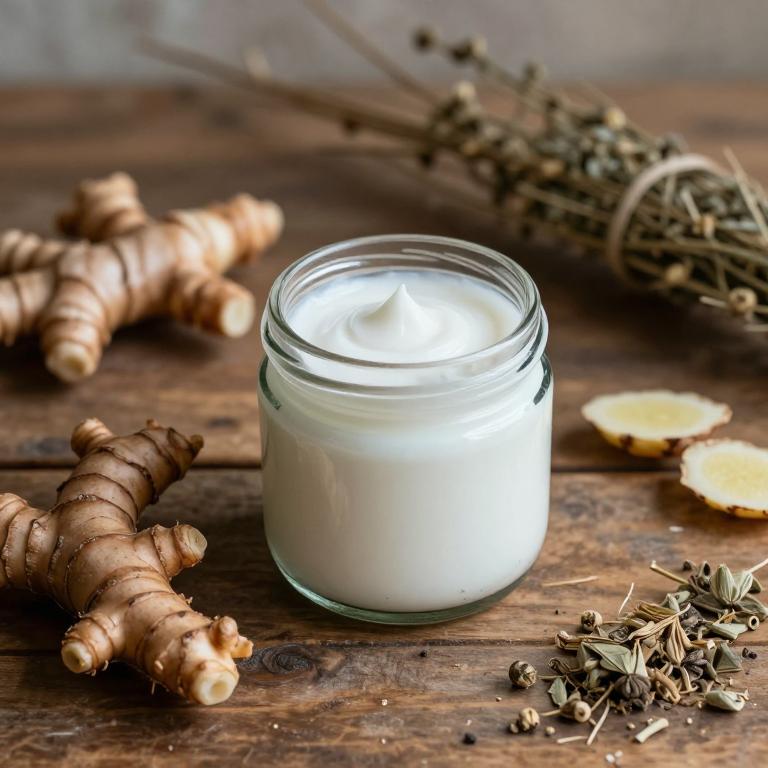
Zingiber officinale, commonly known as ginger, has been traditionally used for its anti-inflammatory and analgesic properties, making it a valuable ingredient in herbal creams for burns.
These creams often contain ginger extract, which helps to reduce pain and swelling associated with minor burns and skin irritations. The active compounds in ginger, such as gingerol and shogaol, work by improving blood circulation and promoting tissue repair. When applied topically, these herbal creams can provide soothing relief and accelerate the healing process.
However, it is important to consult a healthcare professional before using ginger-based products on severe burns to ensure safety and effectiveness.
7. Cnicus benedictus
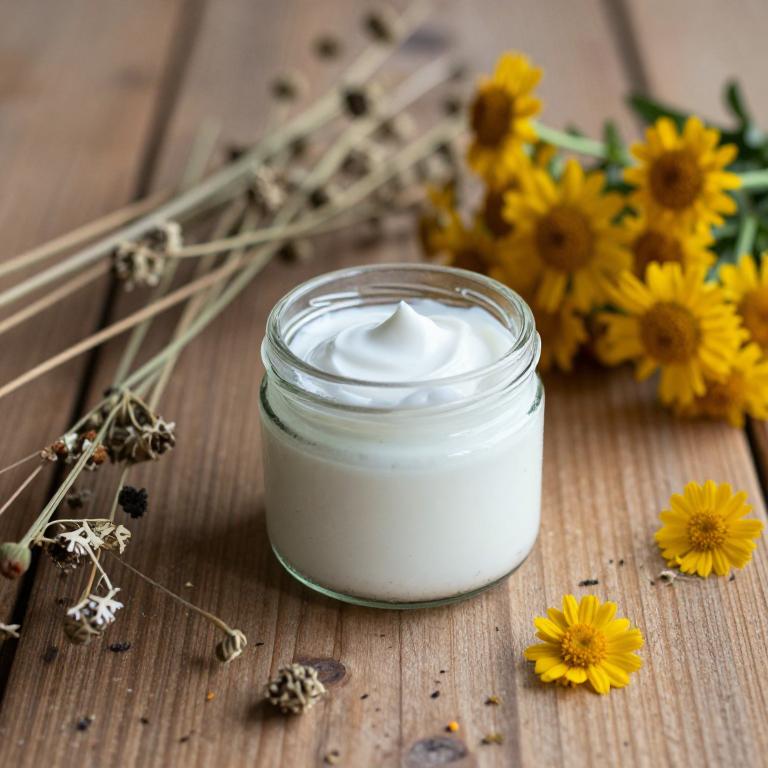
Cnicus benedictus, commonly known as blessed thorn, is traditionally used in herbal medicine for its potential soothing and healing properties.
Herbal creams containing Cnicus benedictus are often formulated to provide relief from minor burns, thanks to the plant's anti-inflammatory and analgesic effects. These creams may help reduce redness, swelling, and pain associated with burns by promoting skin repair and regeneration. However, it is important to consult a healthcare professional before using such creams, especially for severe burns or on sensitive skin.
While some studies suggest potential benefits, more scientific research is needed to fully establish the efficacy and safety of Cnicus benedictus in burn treatments.
8. Vitex agnus-castus
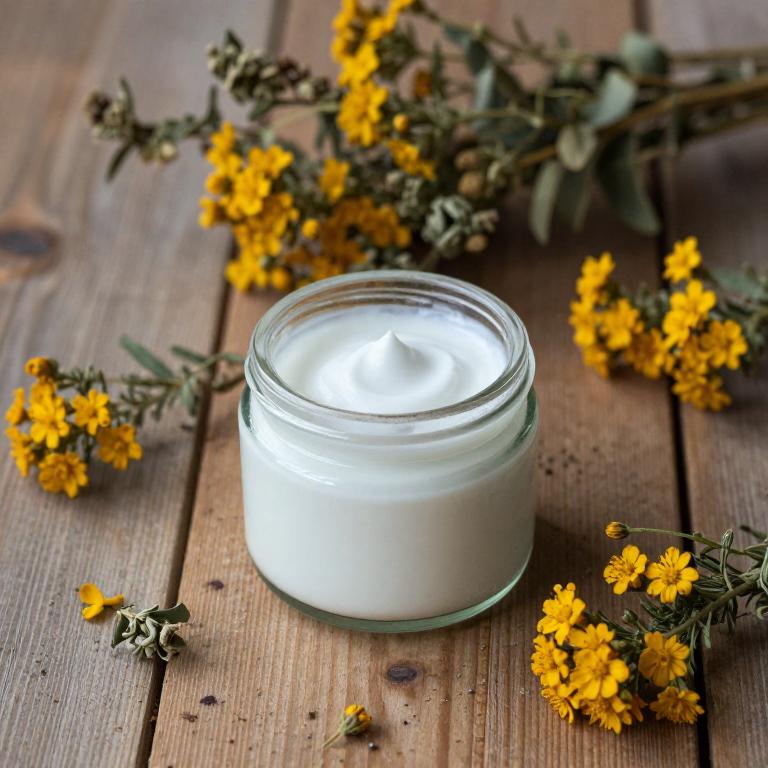
Vitex agnus-castus, commonly known as chaste tree, has been traditionally used in herbal medicine for its potential healing properties.
When incorporated into herbal creams, it may offer soothing and anti-inflammatory benefits for minor burns. These creams often combine Vitex with other calming ingredients like calendula or aloe vera to enhance their therapeutic effects. While not a substitute for medical treatment in severe cases, they can provide relief for superficial burns and promote skin repair.
However, it is important to consult a healthcare professional before using such creams, especially for more serious burns or if you have known allergies to the ingredients.
9. Rosa canina
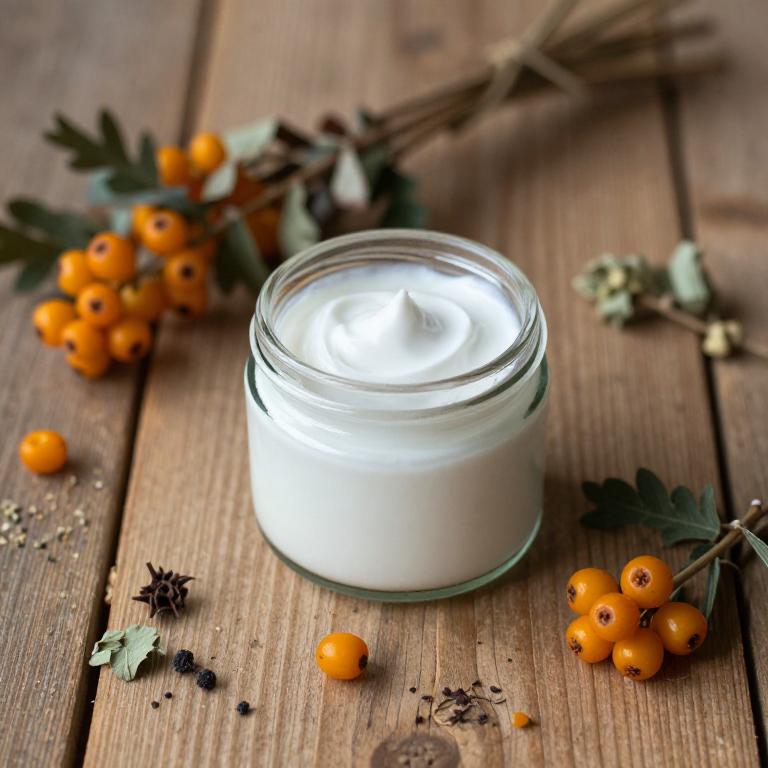
Rosa canina, also known as dog rose, is a traditional herbal remedy often used in the formulation of herbal creams for burns.
These creams typically contain rosehip oil, which is rich in essential fatty acids and antioxidants, helping to promote skin healing and reduce inflammation. The anti-inflammatory and regenerative properties of Rosa canina make it effective in soothing minor burns, sunburns, and other skin irritations. When applied topically, these creams can help moisturize the skin and accelerate the recovery process.
However, it is important to consult a healthcare professional before using herbal creams, especially for severe burns or if you have known allergies to the ingredients.
10. Silybum marianum
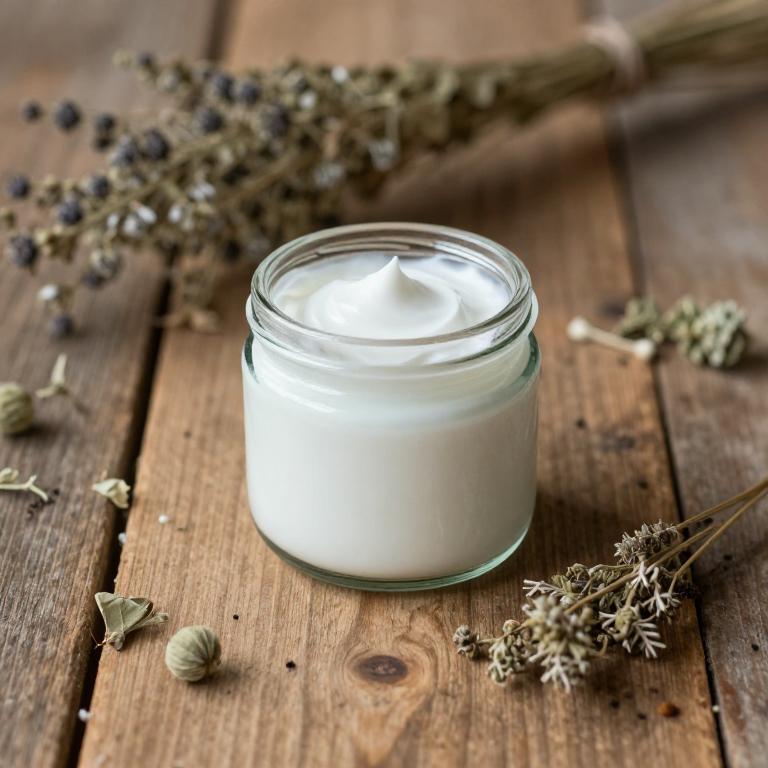
Silybum marianum, also known as milk thistle, is a herbal plant that has been traditionally used for its potential healing properties.
Herbal creams containing silybum marianum are often marketed for their ability to soothe and promote healing in burns and skin irritations. These creams may contain silymarin, a flavonoid compound believed to have antioxidant and anti-inflammatory effects. While some studies suggest that silymarin may support skin repair, more research is needed to confirm its effectiveness for burn treatment.
As with any herbal remedy, it is advisable to consult a healthcare professional before using silybum marianum creams, especially for severe burns.